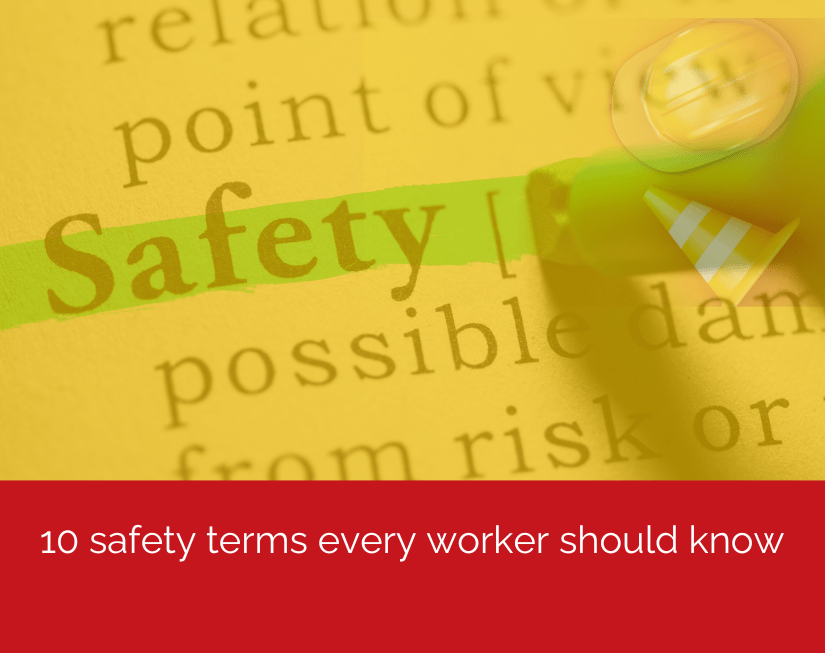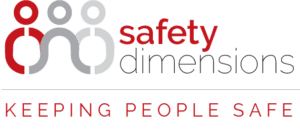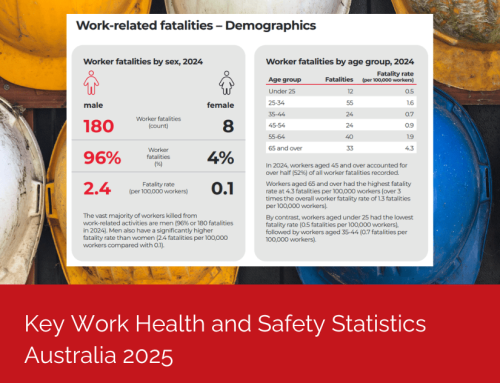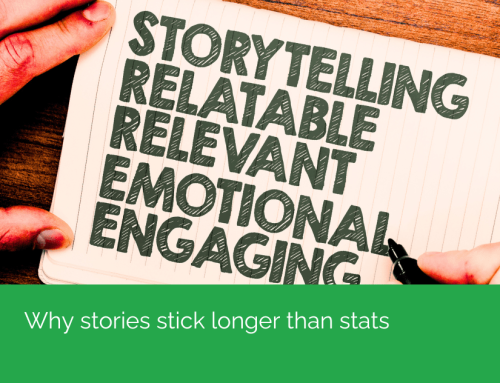Whether you’re a frontline worker, safety officer, team lead, HR manager or senior leader, shared understanding of core safety terminology is critical. It helps reduce confusion, improve compliance, and empower people to make safer, more confident decisions every day.
Here’s a breakdown of 10 essential safety terms with plain definitions, examples, and links to support safer work.
Risk tolerance is the level of risk or uncertainty a worker or organisation is willing to accept to achieve a desired result.
Example:
A company with low risk tolerance chooses to eliminate ladder use above two metres entirely, which goes beyond compliance to reduce fall risk wherever possible.
A company with higher risk tolerance allows the use of ladders for short-duration tasks above two metres, provided workers are trained, supervised, and follow strict procedures.
Both approaches are compliant, but reflect different levels of acceptable risk based on organisational values and controls.
Risk assessment is the process of evaluating the likelihood and severity of potential harm that may occur from identified hazards. Risk assessment helps to implement the right control measures to eliminate or minimise the risk of harm or damage.
Example:
A worker notices oil spilled on the workshop floor. They do a quick risk assessment, realising someone could slip and be seriously injured. They put up a warning sign, clean the spill immediately, and report it so the cause can be fixed.
Psychosocial hazards are anything in the design or management of work, the work environment, or workplace interactions that could cause psychological or physical harm. These include factors like high job demands, low job control, poor support, bullying, harassment, or exposure to traumatic events.
Example:
A worker’s manager decides exactly how every task must be done and doesn’t let them suggest better ways to work. The worker has no say in decisions and feels micromanaged and frustrated.
Example:
A worker strains their back while lifting and takes two days off to recover. This is logged as an LTI and included in reporting used to proactively reduce harm and prevent injuries.
Reasonably practicable means doing what a reasonable person in the same position would do to ensure health and safety, taking into account and weighing up all relevant matters including:
- the likelihood of a hazard or risk occurring
- the degree of harm that might result
- what the person knows, or should reasonably know, about the hazard or risk and ways of eliminating or minimising it
- the availability and suitability of ways to eliminate or minimise the risk
- the cost of eliminating or minimising the risk, including whether the cost is grossly disproportionate to the risk.
This is a key legal standard under WHS law that requires duty holders to take all reasonably practicable steps to ensure health and safety.
Example:
A worker notices a trench edge is unstable. The supervisor arranges barriers and stops work until it’s shored up. This is reasonably practicable because the risk of a collapse is high and the controls are simple and low-cost.
For more detail, see the Safe Work Australia guidelines:
Example:
A worker notices a scaffold is missing a guardrail. They stop work, report it to their supervisor, and warn their teammates to stay clear until it’s fixed. By speaking up and following site procedures, they are demonstrating due diligence for their own safety and others’.
Watch this video on six key questions that demonstrate due diligence in action: https://ldn.com.au/6-due-diligence-questions-every-safety-leader-must-ask/
Safety culture is the shared values, beliefs, attitudes, and behaviours that shape how safety is understood, prioritised, and practiced in a workplace. It reflects “the way we do things around here” when it comes to keeping people safe.
Example:
In an office, a worker notices a colleague’s power cords stretched across a walkway. Instead of stepping over them, they move the cords, report the trip hazard, and suggest a more permanent fix. The team appreciates the action because in their workplace, safety is seen as everyone’s responsibility – this is safety culture in action.
Example:
A crew is about to begin demolition work. Before they begin, each crew member reads, reviews and signs a SWMS that details the job steps, risks, and safety measures such as exclusion zones and PPE and any change to the working conditions. By signing the SWMS, the workers confirm that they understands the risks and how to undertake the work safely.
Near miss is an unplanned event that did not cause injury, illness, or damage but had the potential to do so. Reporting near misses is critical because they highlight gaps in controls and provide an opportunity to prevent harm before it happens.
Example:
A worker walks past a high shelf just as a box falls but misses them by centimetres. No one is hurt, but the incident reveals poor stacking practices. The supervisor investigates and improves storage procedures to prevent future injuries.
Read more here: https://ldn.com.au/low-near-miss-reporting-good-sign-or-failure/
A hearts and minds approach to safety focuses on winning both the emotional commitment (“hearts”) and logical understanding (“minds”) of workers. It goes beyond procedures and rules and aims to shift how people think and feel about safety, so they take personal ownership of their actions.
Example:
A supervisor shares a personal story about a serious workplace injury they witnessed, explaining how it shaped their attitude toward PPE. This kind of storytelling connects emotionally, prompting workers to engage more deeply with safety.
Learn how this approach improves engagement and culture: https://ldn.com.au/safety-programs-hearts-and-minds/







